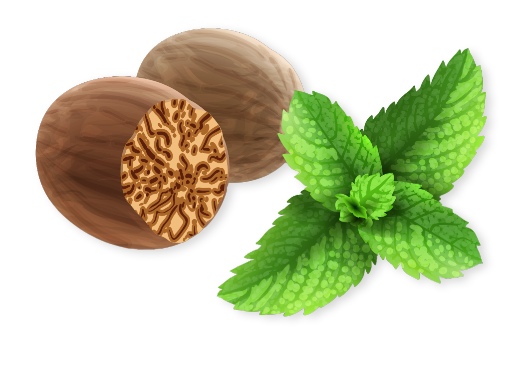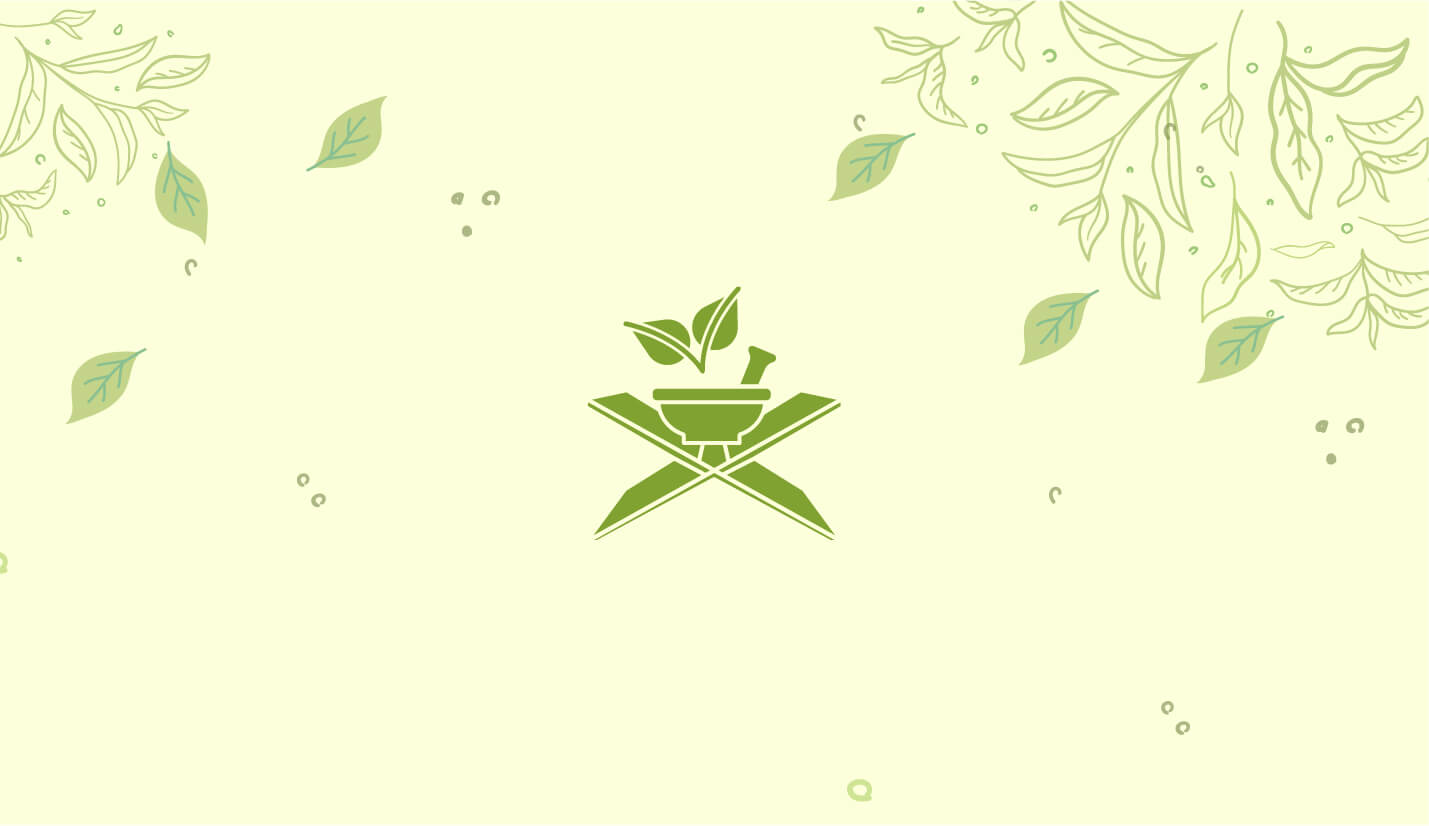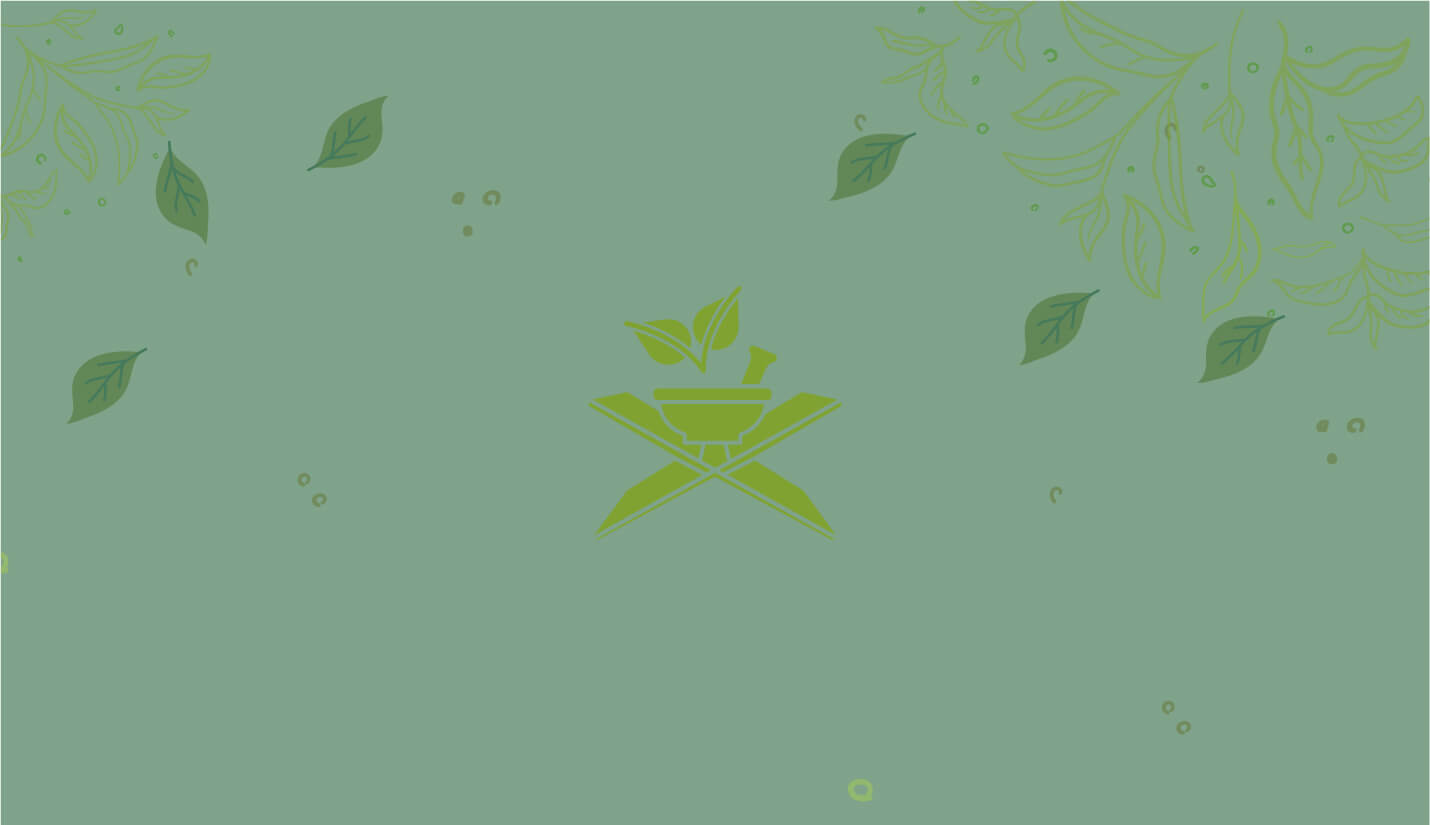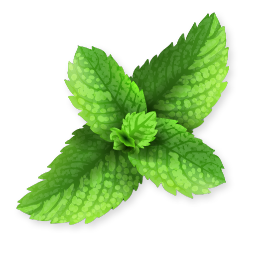Eczema vs. Fungal and Bacterial Infections: How to Tell the Difference
Thursday, May 22, 2025Skin issues like eczema, fungal infections, and bacterial infections often present with similar symptoms such as redness, itching, and inflammation. However, distinguishing between these conditions is essential for appropriate treatment and faster recovery. While they may look similar at first glance, their causes, progression, and treatment strategies are quite different.
What is Eczema?
Eczema, or atopic dermatitis, is a chronic skin condition caused by a hypersensitive immune response. It often manifests in genetically predisposed individuals and is influenced by environmental factors like pollution, allergens, or harsh detergents.
Common symptoms of eczema:
- Persistent itching, especially at night
- Red to brownish-gray patches, commonly on hands, feet, ankles, wrists, neck, and chest
- Thickened, cracked, or scaly skin
- Small, raised bumps that may leak fluid when scratched
- Temporary flares followed by remission
Eczema is non-contagious and often coexists with conditions like asthma or allergic rhinitis.
What are Fungal Infections?
Fungal infections are caused by fungi such as Candida or Dermatophytes. These infections thrive in warm, moist environments and are commonly found in body folds, underarms, groin area, and feet (athlete’s foot).
Key signs of fungal infections:
- Itchy, red rash with well-defined edges
- Presence of circular, scaly patches (especially in ringworm)
- Peeling or cracking of skin, particularly between toes
- Sometimes accompanied by a foul odor
Fungal infections are contagious and can spread through direct skin contact or by sharing personal items like towels or razors.
What are Bacterial Skin Infections?
Bacterial infections are typically caused by Staphylococcus or Streptococcus bacteria. They may begin with a break in the skin, such as a cut or insect bite, that becomes infected.
Symptoms of bacterial infections include:
- Redness and swelling around the infected area
- Pus formation or yellowish crusts
- Pain, warmth, and tenderness over the area
- Fever in case of severe infection
- Rapid spreading of the affected area
These infections may require antibiotics and should be addressed promptly to avoid complications.
Comparison Table
| Feature | Eczema | Fungal Infection | Bacterial Infection |
| Cause | Immune system dysfunction | Fungi (e.g., Dermatophytes) | Bacteria (e.g., Staph, Strep) |
| Appearance | Dry, scaly patches, thick skin | Red, circular or ring-like | Red, swollen, pus-filled |
| Itching | Severe, chronic | Moderate to intense | Sometimes |
| Contagious? | No | Yes | Yes |
| Common Sites | Elbows, behind knees, hands | Folds, groin, feet | Anywhere with skin trauma |
| Treatment | Moisturizers, steroids | Antifungal creams | Antibiotics |
How to Differentiate Them
Though symptoms may overlap, a few indicators help distinguish one condition from another:
- Onset: Eczema usually has a chronic course with periodic flare-ups, while infections tend to appear more suddenly.
- Location: Fungal infections are more likely in damp areas, eczema in flexural areas, and bacterial infections can appear at injury sites.
- Texture and Discharge: Eczema may ooze clear fluid; bacterial infections often produce pus; fungal infections tend to flake.
- Spread: Infections typically spread faster than eczema.
If unsure, consulting a dermatologist is recommended for correct diagnosis. Skin scrapings or swabs may be used for lab tests to confirm the cause.
When to See a Doctor
Seek medical attention if you notice:
- Sudden worsening of symptoms
- Signs of infection like pus, fever, or spreading redness
- No relief from over-the-counter remedies
- Discomfort interfering with daily activities
Managing Skin Conditions Holistically
While antifungal or antibacterial treatments are essential for infections, and topical corticosteroids help manage eczema, long-term skin health depends on maintaining hygiene, a balanced diet, and avoiding known triggers.
In traditional Ayurvedic understanding, skin disorders often stem from an imbalance in Pitta dosha, leading to inflammation and hypersensitivity. Ayurvedic approaches to eczema include internal detoxification using herbal formulations like Neem, Khadira, and Manjistha, alongside topical applications of soothing herbal oils like Kumkumadi tailam or Eladi oil. Dietary corrections to reduce heat-producing foods also play a crucial role.
Understanding your skin and seeking timely intervention ensures not only symptom relief but also the prevention of long-term damage or recurrence.
You can write to us.
BOOK APPOINTMENT



























